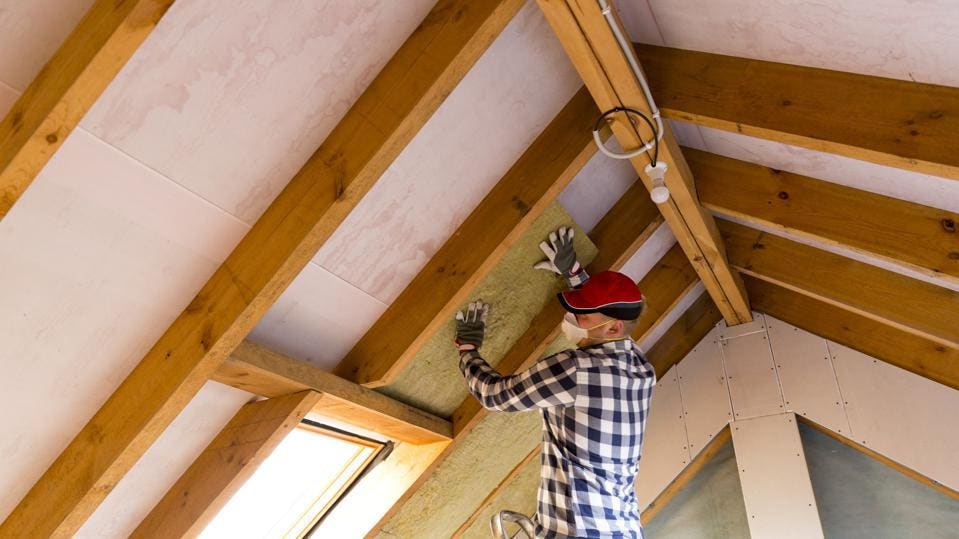In the realm of acoustics, the quest for the best material to absorb sound has been a subject of extensive research and innovation. The ability to effectively control and reduce noise pollution is crucial in various industries, including architecture, automotive, aerospace, and entertainment. In this blog post, we will delve into the depths of sound absorption materials, exploring their properties, applications, and ultimately revealing the ultimate material for absorbing sound.
- Understanding Sound Absorption:
Before we embark on our quest for the best sound absorption material, it is essential to grasp the fundamentals of sound absorption. Sound absorption refers to the process by which materials convert sound energy into heat energy, thereby reducing the reflection and transmission of sound waves. The effectiveness of a material in absorbing sound is determined by its absorption coefficient, which quantifies the amount of sound energy absorbed. - Evaluating Sound Absorption Materials:
2.1. Porous Materials:
Porous materials, such as mineral wool, fiberglass, and open-cell foams, have long been recognized for their sound absorption capabilities. These materials possess interconnected air pockets that trap sound waves, dissipating their energy. Their high porosity and fibrous structure contribute to excellent sound absorption across a wide range of frequencies.
2.2. Resonant Absorbers:
Resonant absorbers, also known as Helmholtz resonators, exploit the principle of resonance to absorb specific frequencies. These materials consist of a cavity coupled with an opening, allowing sound waves at the resonant frequency to enter and dissipate their energy. Resonant absorbers are particularly effective in targeted noise reduction, making them ideal for applications such as mufflers and soundproofing enclosures.
2.3. Microperforated Panels:
Microperforated panels (MPPs) are a relatively recent innovation in sound absorption materials. These panels consist of a solid sheet with an array of tiny perforations, which create a Helmholtz-like resonance effect. MPPs offer exceptional sound absorption across a broad frequency range, making them suitable for architectural acoustics, automotive interiors, and audio equipment.
- The Ultimate Sound Absorption Material:
After meticulous evaluation and consideration, it is evident that the ultimate sound absorption material is a combination of porous materials and microperforated panels. By harnessing the strengths of both materials, we can achieve unparalleled sound absorption performance across a wide frequency spectrum. This hybrid approach ensures effective noise reduction in various industries, from concert halls to industrial settings.
Conclusion:
In conclusion, the quest for the best material for absorbing sound has led us to a hybrid solution that combines the advantages of porous materials and microperforated panels. This innovative approach offers exceptional sound absorption capabilities, making it the ideal choice for architects, engineers, and designers seeking to create acoustically optimized spaces. By understanding the principles and properties of sound absorption materials, we can pave the way for a quieter and more harmonious environment in our ever-noisy world.


